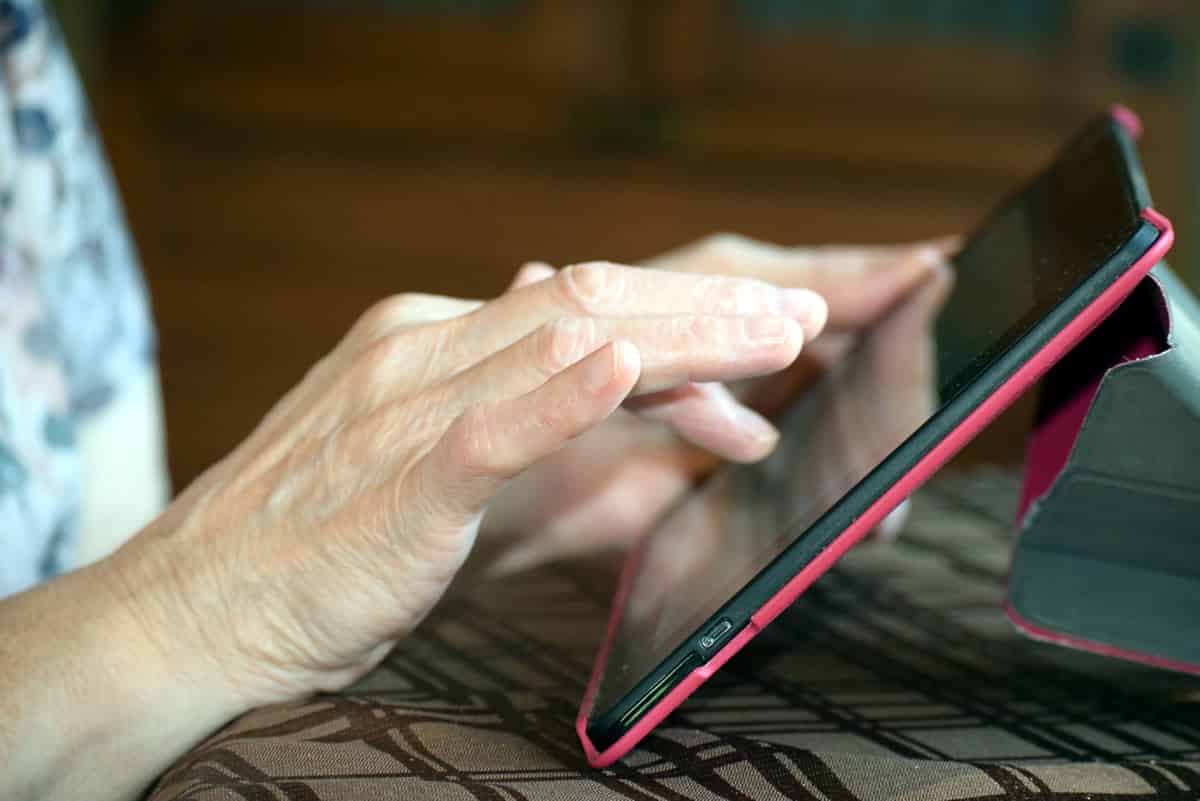In the crowded field of mobile app design, competition is intense, users are fickle, and testing is more crucial than ever. Gartner estimates that developers will consider less than 0.01% of consumer mobile apps financial successes. And with about 94.5% of apps now offered for free, the industry is especially challenging for companies that use apps for direct revenue generation.
Even when you bring in users, there’s no guarantee they’ll stick around. On average, only about 1 in 5 users will retain your app more than 90 days, and many users only ever open the app once.

Fortunately, modern mobile app prototyping tools cut overhead by shortening the tech cycle, allowing companies to release apps and updates more frequently. In a study of over 55 app development companies, GoodFirms found that average development time takes anywhere from 2 months (the low end of estimates for both Tinder and WhatsApp-like apps) to 1 year (the high end of estimates for a complex, Uber-like app). Sometimes apps take years to build, but we’ve also seen successful app developers build apps literally overnight.
However, upping productivity alone isn’t enough, because users are getting more demanding, too. Millennials already have very little patience for glitchy or unpolished apps, and Generation Z users are even harder to please. That means you’re going to have to build better apps in less time, for users that expect nothing less than perfection.
Fortunately for developers, today’s prototyping tools are a lot better than they ever have been. Nowadays, mobile designers aren’t limited to planning with rough wireframes — they can quickly build sophisticated mockups, allowing them to iron out the details early in the project.
The Power of Mobile App Prototyping
Software prototyping tools cover a lot of ground, from wireframe utilities to visualize the app at a very basic level, all the way to fully fleshed out simulations. At the high end, prototypes can be indistinguishable from the final product from an end user perspective, with all the same interactions, design, flow, and “feel” of the finished product.
This lets companies iron out mobile app design issues much more efficiently. In a fully functional prototype, they can ensure the UX is consistent, and eliminate the vast majority of mobile app design issues.

But mobile prototyping tools aren’t just an asset for ironing out the bugs and visualizing your end product — they can also help companies do things that otherwise wouldn’t be practical. Software prototyping lets you try out fundamentally different visions of your apps, and examine the way their interactions and visual styles contribute to the user experience. It lets you actually experiment with different ideas of user flow or even app functionality from the end user perspective.
That means companies aren’t forced to commit to a design nearly as early in the process. They can pursue multiple concepts, allowing product managers and designers to take risks on novel or unusual configurations, without the cost that would go into building multiple versions of the final app.
Mobile Prototyping and User Testing
Mobile app prototyping tools give designers, developers, and product managers the opportunity to actually involve users in the design and development process, harnessing user testing to get better results.
After all, if your team can try out an early simulation of your app, why can’t your users? Unfortunately, most companies haven’t really made adequate use of this opportunity. In many cases, user testing is somewhere between perfunctory and non-existent. It’s done too late in the project for test users to make much difference in the final product, and without adequate tools to really measure how users interact with and react to the app.
It’s easy to understand the thinking behind this approach. Your team understands how to design and build mobile apps. Why bring in outsiders? And when user testing is just used as a way to make sure there aren’t any major undetected problems with the app, your team doesn’t get that much out of it, which reinforces the idea that it’s not a particularly valuable tool.
Getting Started with User Testing
Your users are the whole reason your app exists. The more say they have, the better your final product is. That means their input can be helpful at every stage of the mobile app design and development process.

According to the UX research platform UserTesting, you may want to start bringing in users in the research and planning phase, before you even start prototyping. This is especially applicable if you’re building something related to a current asset — for example, an alternative to functionality you currently provide via browser.
The way this works depends on what you have and what you’re building. You may want to use remote user testing to see how users use your asset. Alternately, you can do market research, assigning users in your target audience to certain tasks, and observing what products they employ, and how they use them, quizzing them on features they like and dislike, and so on.
It can be helpful to coordinate closely between your mobile app design, developing, and market research teams throughout the product life cycle. The team building the app may have questions for users, or guidance that market research won’t think of and their understanding of the tech can help frame the research better. Similarly, market research will help the rest of your team better understand what users want.
User testing plays an increasingly important role as you move into the mobile app design process. In fact, you may want to structure your process to involve some degree of user feedback at each phase of the project. You can ask for impressions of design and layout concepts, both as a sanity check or a way to help you choose between multiple options.
As you get deeper into prototyping, your users can give you all sorts of useful information. They can tell you what they like about the app, and what they find frustrating; whether the user flow is as intuitive as you think it is, and how it compares with competitor offerings; and whether your new “killer feature” adds value, or just clutters the interface.
Users can also help you evaluate a lot of real-world concerns that are hard to test for in the comfort of your office. You can arrange for users to try your app out for the first time while walking around town or multi-tasking, to make sure it’s intuitive in real-world conditions. You can test accessibility features by recruiting testers with visual impairments and other disabilities. You can recruit users in different age groups to help target an effective release marketing and referral program.
All this testing may sound like a large time commitment, but it doesn’t have to be. In fact, if it’s properly structured, user testing can actually accelerate your program. You’ll be able to spot usability issues you might otherwise miss, eliminate dead end designs that don’t appeal to your audience, and put your app on the right track with less wasted time and effort.
The key is to engineer your mobile design workflow so that user testing isn’t an auxiliary process, but an integral one. You need to get app testing tools you’re comfortable with, learn them, and gradually refine testing procedures for each phase of your design process.

Realizing Your Mobile Testing Goals
There’s no one-size-fits-all approach for mobile testing. Some companies may need a lot of feedback on user features and technology preferences. Others may need more input on flow and design issues. It’ll take some tweaking to figure out the right approach to testing. Here are some questions to guide you:
- Do I have the right tools? There are a ton of tools that can help facilitate testing. Some, like Appium and Selenium can help you automate testing routines. Others, like Jira and Testrail can improve project tracking and test case management. You really need to just dive in and see what works for your company. Check out our list of mobile development tools for testing to see what’s out there.
- Is user testing fitting into my workflow? When your designers meet to discuss concepts, do they have user data at their fingertips, or do they end up sending the test results around a week later, after they’ve already basically made their decisions? Does your team see the tests as an asset, or just another hoop they have to jump through? Listen to your team, refine your process and put in the work to earn their buy-in.
- Is mobile app testing leading to a better app? This is the million dollar question. Unless your tests meaningfully impact your decisions in a way that leads to a better, more popular app, they’re not serving their purpose. It may take a few apps to get the process right, but pretty soon, you should see fewer glitches, better feedback and more downloads.
User testing has the ability to take your app and catapult it to a whole new level, but it can’t just be something you’re checking off your list to make investors happy. It’s important to invest the time into analyzing the data and then implementing changes based on user feedback. If you do this properly, you might just find it to be one of the most helpful steps in the mobile app prototyping process.
Proto.io lets anyone build mobile app prototypes that feel real. No coding or design skills required. Bring your ideas to life quickly! Sign up for a free 15-day trial of Proto.io today and get started on your next mobile app design.
How has user testing helped you build better apps? Let us know by tweeting us @Protoio!





